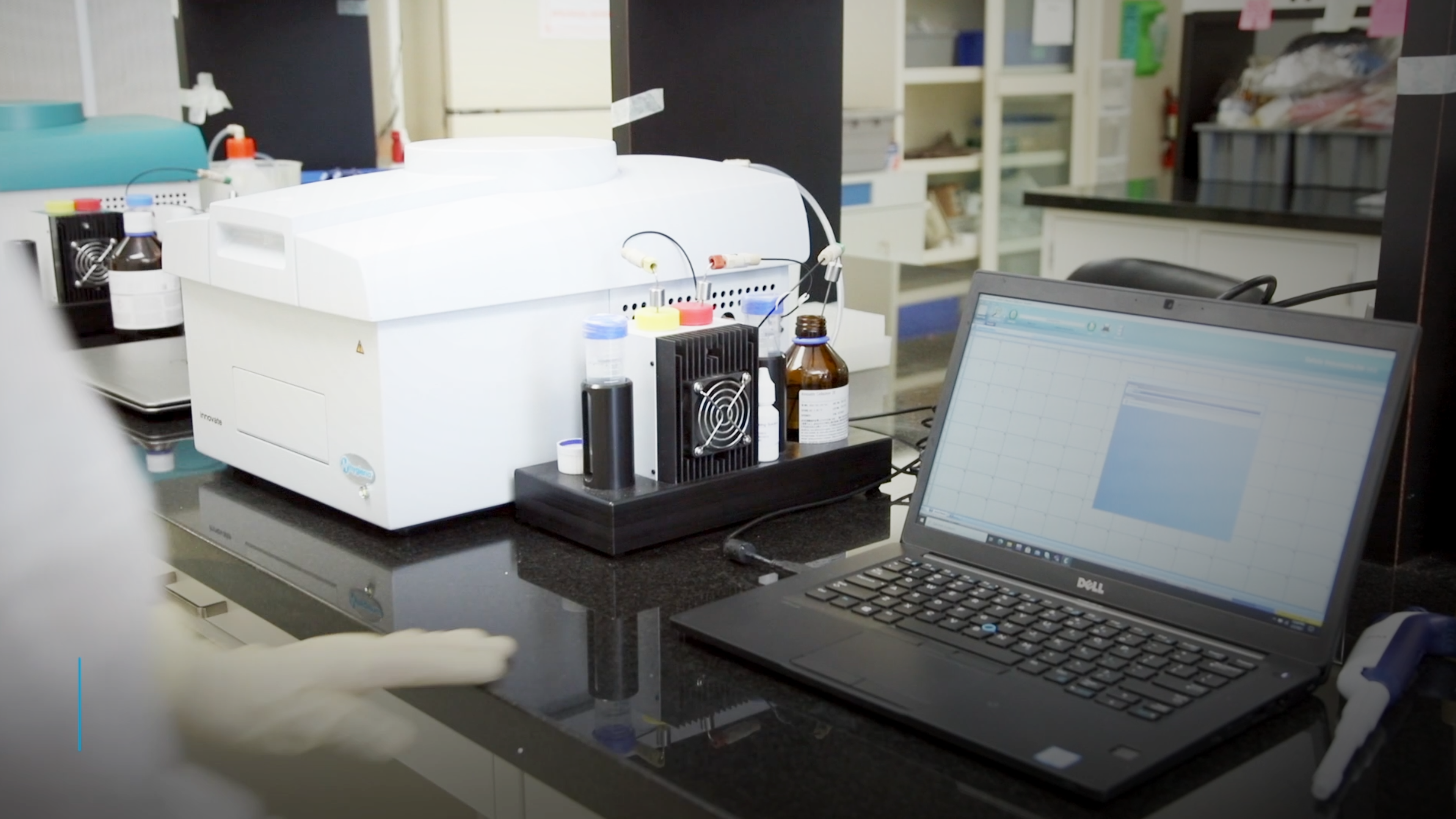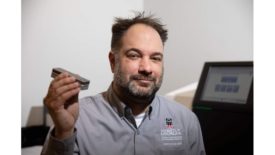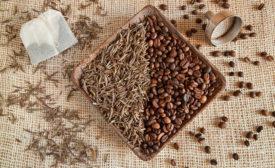Home » microbial control
Articles Tagged with ''microbial control''
LEEB
Winning the Fight against Pathogens on Spices
Low-energy electron beam (LEEB): A breakthrough microbial reduction technology
April 15, 2021
Microbiological Risk Assessment: Origins, Current Status, and Future Challenges
Origins, Current Status, and Future Challenges
January 15, 2021
Never miss the latest news and trends driving the food safety industry
eNewsletter | Website | eMagazine
JOIN TODAY!Copyright ©2025. All Rights Reserved BNP Media.
Design, CMS, Hosting & Web Development :: ePublishing

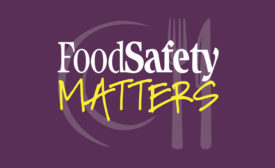
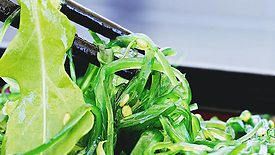


.png?height=168&t=1650658969&width=275)
